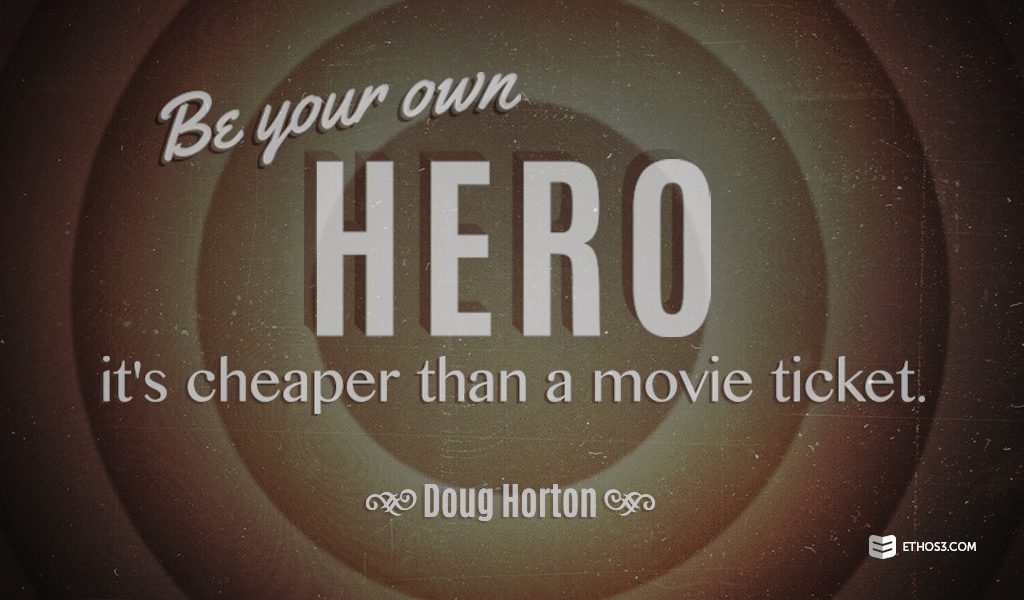All stories have a hero. Even if it’s an unreliable narrator or an unlikable fellow, the story is still propelled by the actions of that hero from start to finish. That’s how storytelling works; by showing a narrative unfold through the experiences of a character.
The same is true in presentations. If you want to tell a story about a client experience, then the client becomes the hero with which your audience sees the narrative unfold. Let’s say you want to tell a story about a customer who became a fan of your insurance company after being stranded on a stormy road in the middle of the night. Your presentation would set the scene, describe the stakes, and then end with the rescue that helps your audience visualize what your insurance company actually does.
But, have you ever considered making the audience the hero?
Think of a choose-your-own-adventure tale. Whatever choice you make, the story is shaped for the good or bad by your decision. In the same way, you can frame a presentation to hinge on your audience’s decision. Here’s how.

Relate the problem in a personal way.
What worries your audience? What negatively affects their daily lives and makes them lose sleep? If your presentation solves something for then, then describe exactly how they are affected by the problem. For example, if they are looking for a rugged computer case, show images of broken screens. If they are worried about global warning, include images that clearly display the current damage.
Describe the necessary action.
Once you’ve related the problem to their day to day lives and described it, then give your audience some hope. Describe how things could change for them and the things they care about, and tell them how. This needs to be specific, because it encompasses your call to action. They need to see step-by-step actions that they can follow to change things. This portion of your narrative should make up the bulk of your presentation’s content.
Paint a vision of the future.
Now that your audience has faced their concerns and peered into the path towards change, finish your narrative with a third act: the happily ever after. Make sure you paint a clear vision of the future where their concerns are nonexistent and things are much brighter all around. The more descriptive, the better. Show images of a world without pollution, broken computer screens, or slow pizza delivery. No matter how large or small, you just need to make the ending clear and idyllic enough for your audience to say “I’d love to see that happen.”
When your audience becomes the hero, then the presentation becomes personal. They can see how your idea/product/business will become a part of their lives, solving actual problems. Make sure that they both feel the familiarity of the pain point, as well as see how beautiful the future could be with their choice to donate funding, provide an email address, or whatever it is you decide as your call to action.
Want to read more storytelling tactics and techniques? Check out our related articles by following these links:
The Neuroscience of Storytelling
Beware! Avoid These Presentation Storytelling Mistakes
Storytelling Tactics: Creating “Happily Ever After” Within a Presentation
